my pongal platter
- In the plate: Cooked Rice, left bowl – Mangai Sambar (Raw Mango Sambar) , next bowl – Thoothuvalai Rasam (SOLANYMTRILOBATUM Soup) , right corner – Sarkkarai Pongal (Jaggery Rice) ;
- three of the side dishes – up left corner – Pappalikkai Poriyal (Raw Papaya Dry Vegetable Curry), middle – Keerai Kootu (Spinach Stew) and next – Avial (Mixed Vegetables in coconut and curd gravy)
Wishing you all a very happy and success filled NEW YEAR 2013! Thankyou for being such wonderful readers. For me.. each one of you have made this world a delightful arena to share my thoughts.
For those who would have wondered why there has been no news for quite some time.. I was busy planning, listing, shopping and packing my groceries, clothes and other necessary and unnecessary stuff to carry to my next destination!
It is was Pongal time! Sankaranthi to other states and Thai Pongal to Tamilnadu!! (https://dosaikal.com/2012/01/13/thai-pongal-the-harvest-festival/)
In this new new new life, number one – I mis-calculated the date of Pongal and thought it was on the 15th of January. When I called home to ask for the vegetables for AVIAL – a special down south vegetable dish to make on Pongal day, I had a shock that it was actually the festival Pongal the same day!! Number two – With some other programmes to attend, I decided I would celebrate Pongal on 15th… not to stop the rice boiling ritual that is exclusive part of Pongal celebration. The word ‘Pongal’ itself means ‘to boil’. Paal Pongiyaacha? means has the milk boiled? Here, the sweet jaggery rice made on the day of the festival Pongal is called Sarkkarai Pongal meaning sweet pongal.
There would be two Paanais/vessels. One with plain white rice and water and the other with plain white rice and when it boils, jaggery is added to make Sarkkarai Pongal – the sweet jaggery rice – the delicacy associated with the festival. When the new rice boils and spills over the paanai, women of the house say – ‘Pongalo Pongal’ in chorus. https://dosaikal.com/2012/01/13/thai-pongal-the-harvest-festival/
steel paanai and jaggery in the adjacent bowl

15th of January is the third day of the four day Pongal celebration. First day being Bhogi – cleaning of house and shedding away old unwanted things; the second day is the harvest festival or the thanksgiving to farmers – this Pongal day is the first day of the month of Thai; the third day is Maatu Pongal – thanksgiving to cattle that help in harvest; the fourth day is Kaanum Pongal – the Picnic Pongal!!
As such, when we were young, my mama (maternal uncle) would always ring us up early in the morning on Maatu Pongal day, to wish us Happy Maatu Pongal – a teaser for kids. So Mama, this time I go by your words… I truly celebrate Pongal on Maatu Pongal Day!
So now, in the capital of Cambodia – Phnom Penh, when I saw those sugarcane juice shops which extract fresh juice like those in chennai, I felt delighted… Now, i was in a country where I could buy sugarcane, which is an inseparable ingredient for the true taste of pongal festival. I bought two to keep on either sides of my house entrance.
and later, the transformation till it reached everyone’s taste buds…..
the way aachi cuts
Next, I had to hunt for those harvest vegetables … The traditional, indigenous ones grown inland! My grand plan was to make AVIAL – the humble yet classy dish of Tamilnadu and Kerala.
Avial is a sumptuous combination of all indigenous (ofcourse carrots and beans have become part of it) non-watery vegetables, harvested during the season… made to a semi gravy consistency with the addition of curds and coconut-chilli-cumin paste. Vegetables like ash guard, bottle guard are not used as they shed water while cooking and would hinder the consistency of the dish.
I went to the big kaaikari chandhai – vegetable market in Tamil.. which we had explored couple of days ago and got lost while searching a way to come out. Where all vegetables, fruits, unknown varieties of meat and fish (remember I am still a beginner especially a recently converted non-vegetarian!), freshly grated coconut and many small eateries serving various other unknown food varieties, which I need to explore in the near future!
the ones I could get
I found a few of those I needed … I could not get yam … wasn’t available. Even if they were, I have not yet learnt the differentiation! Others that I missed but can be added in Avial are Avarakkai – Hyacinth Beans, Murungaikkai-Drum sticks, Pudalangai-Snake Guard.
I was so happy to also find more and more of the tropical fruits that I used to love in Tamilnadu…
(bananas, guavas, sugarcane, papaya, tender coconut and jackfruit… and Oh!! I missed those beautiful yellow mangoes kept in the fridge).
Now, before coming to the recipe of Avial… festive sweet of the day – my Sarkkarai Pongal- this time the authentic pacharisi (raw rice) and vellam (jaggery) in the pongal paanai, without the addition of split green gram. https://dosaikal.com/2012/01/13/thai-pongal-the-harvest-festival/
on the way
the special festive food – mangai sambar and thoothuvalai rasam
Though delayed by a day, I tried making a simple feast meal with mangai -raw mango sambar (https://dosaikal.com/sambar/) and thoothuvalai rasam ( SOLANYMTRILOBATUM) a herb found in many kitchen gardens.. I got the dry powder from my naatu marundhu kadai- traditional tamil medicine shop. (Rasam is a thin soup not used as an appetiser as popularized outside the south of India and abroad, but is a digestive soup. https://dosaikal.com/2011/10/14/thamizhar-virundhu-feast-of-the-tamils/). For the side dishes, Keerai/Spinach Kootu (a stew of vegetables) and pappali kai/raw papaya poriyal (dry vegetable curry) and AVIAL.
AVIAL
Ingredients
- mixed vegetables – carrots, beans, egg plant, chow chow\chayote squash, pumpkin, raw banana and potato – 2 to 2 1/2 cups – cut into long pieces
- shallots – 6 no.s
- yoghurt – 1 cup
- grated coconut – 1 cup
- green chillies – 3 no.s
- cumin seeds – 2 tsp
- oil (preferably gingelly oil) – 2 tsp
- mustard seeds – 1 tsp
- dehusked black gram – 1 tsp
- curry leaves – a few
- turmeric powder – 1/2 tsp
- salt – to taste
vegetables cut long
Method of Preparation
- Wash and cut the vegetables into long pieces
- Steam the vegetables till done. I do it in a microwave steamer for about 8 minutes. Vegetables should not be mushy, but just right to stir well with the gravy
- Make a paste of grated coconut, cumin seeds and green chillies and keep aside
- Heat oil in a wide bottomed vessel; Let mustard seeds splutter, then add dehusked black gram and curry leaves
- Add the shallots and stir fry for a minute till they become opaque
- Now add the steamed vegetables and turmeric powder
- Usually turmeric powder can be added while the vegetables are cooked in pressure cooker. This helps the raw smell of turmeric powder go away faster. Since I steamed in microwave, I added the turmeric powder while stirring in the vegetables
- Stir for a while and add yoghurt and stir
- When yoghurt has blended well with the vegetable, add the ground paste and salt
- Let this cook till the vegetables are cooked well and absorbed in the coconut and yoghurt gravy
- When a semi thick consistency is reached and the raw smell of turmeric and coconut has gone off, Avial is ready.
Note:
- Vegetables like egg plant or pumpkin might become mushy very quickly. It is better to cook them just right. When they cook again in the gravy, soft texture would arrive.
- Cooking the vegetables in coconut paste and yoghurt gravy and adding thaalippu/thadka/seasoning in the end can also be done. By this method, mustard seeds and oil would glow on top of Avial and the dish is better presented.
- Vadagam – sun dried onion balls (which contain mustard seeds, curry leaves and other seasoning imgredients) is added in the end instead of seasoning which gives Avial a remarkable flavour. In the absence of vadagam, coarsely chopped shallots are fried dark brown in oil and added for nearly the same flavour.
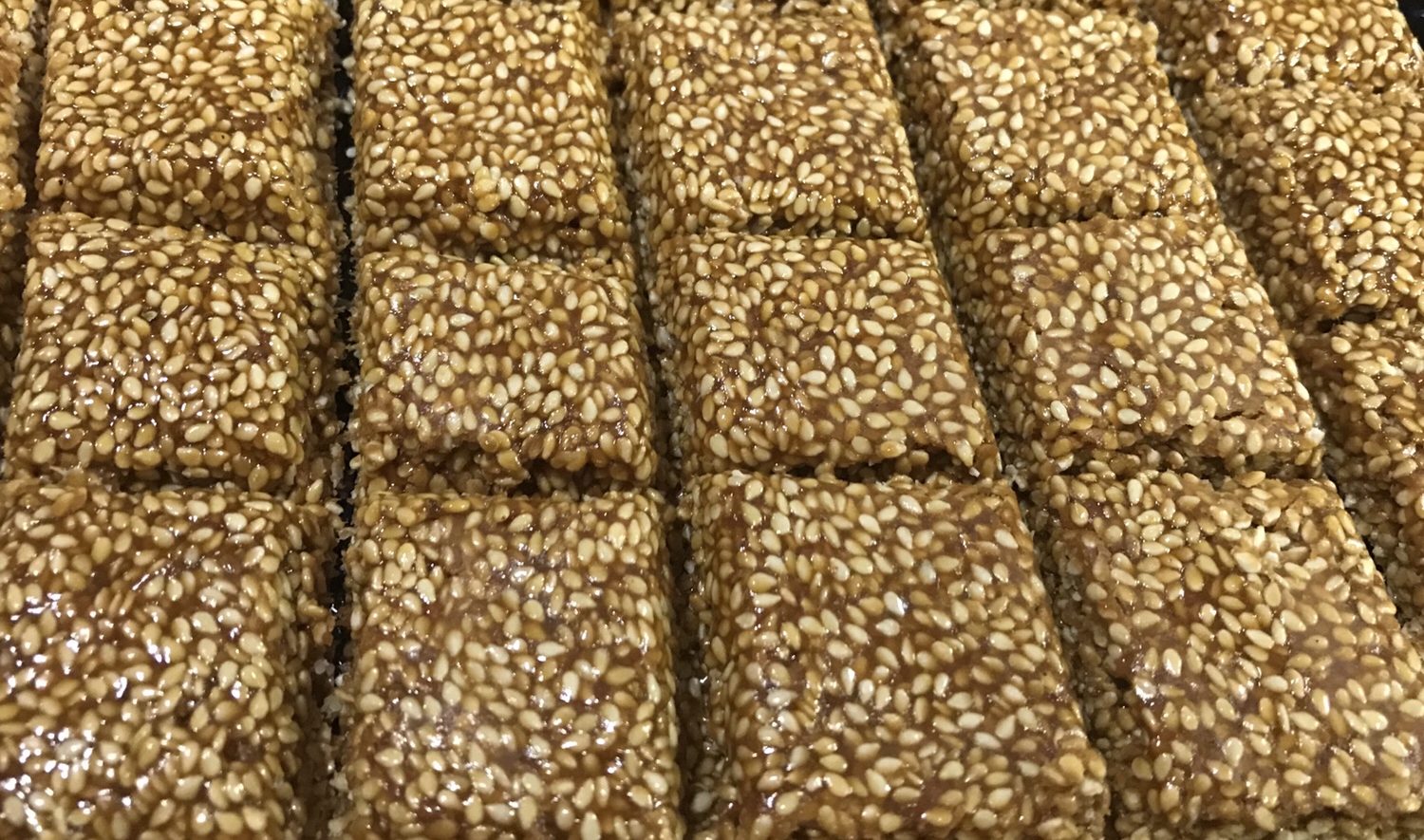
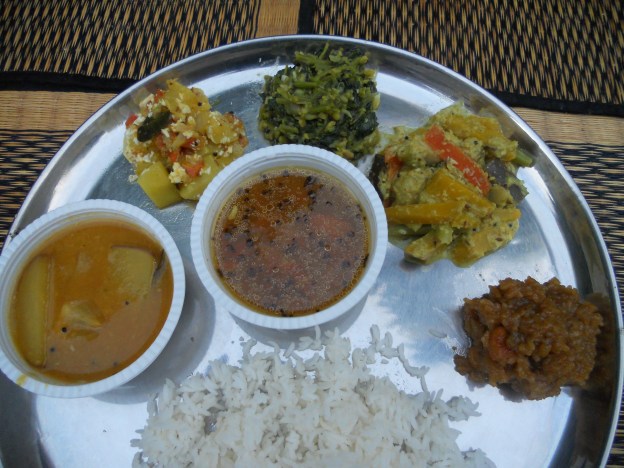

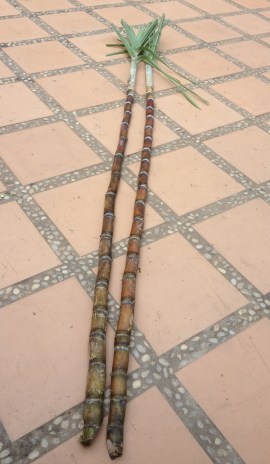




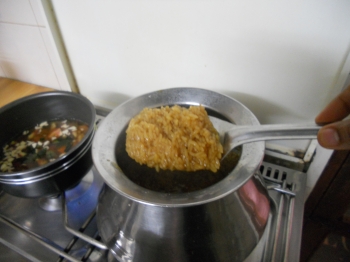


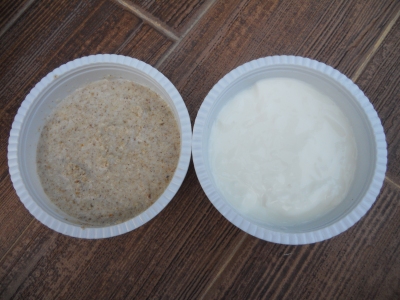

So nice to hear from you and that too with such a wonderful post.
Hi Subbu,
Back with a Bang!!! Thanks a lot for sharing Avial recipe, I’ll try it and will let you know the outcome ! How are you and family?
We wish you all a very happy and prosperous New year 2013 and wonderful time in Combodia.
Hugs
Sanju
After long time nice to see you
Best Regards, Kalai
Hi Subbu,
Great going !!! I found your blog very interesting and informative. All good wishes !!
Our Kerala version of Avial is slightly different..It’s without the seasoning ..we add a dash of coconut oil and curry leaves once the avial’s done..As you rightly mentioned yam is an integral part of avial, but unfortunately it’s not available in the markets here.
rgds
Rethy
Thanks Rethy, I love the flavour of coconut oil in kerala avial.
glad to know you are having a ball in cambodija. hope you all had a wonderful pongal. pictures paarthu manam kulurdadahu. my best to you and your family
Yes ofcourse, we had a wonderful Pongal and a warm tamil new year too! Nice to hear from you. take care.
Nice description and the recipe for avial. Happy Pongal to you.
Thanks a lot. Happy Pongal to you too!
Hello
Read your post. Nice description. I live in Myanmar, somewhat similar to Cambodia. Could see the similar vegetables in the avial
Great to know that Ramya. Myanmar has lots of similar aspects of cooking and culture to Tamil cuisine and culture. We have our traders settled in Myanmar since centuries.